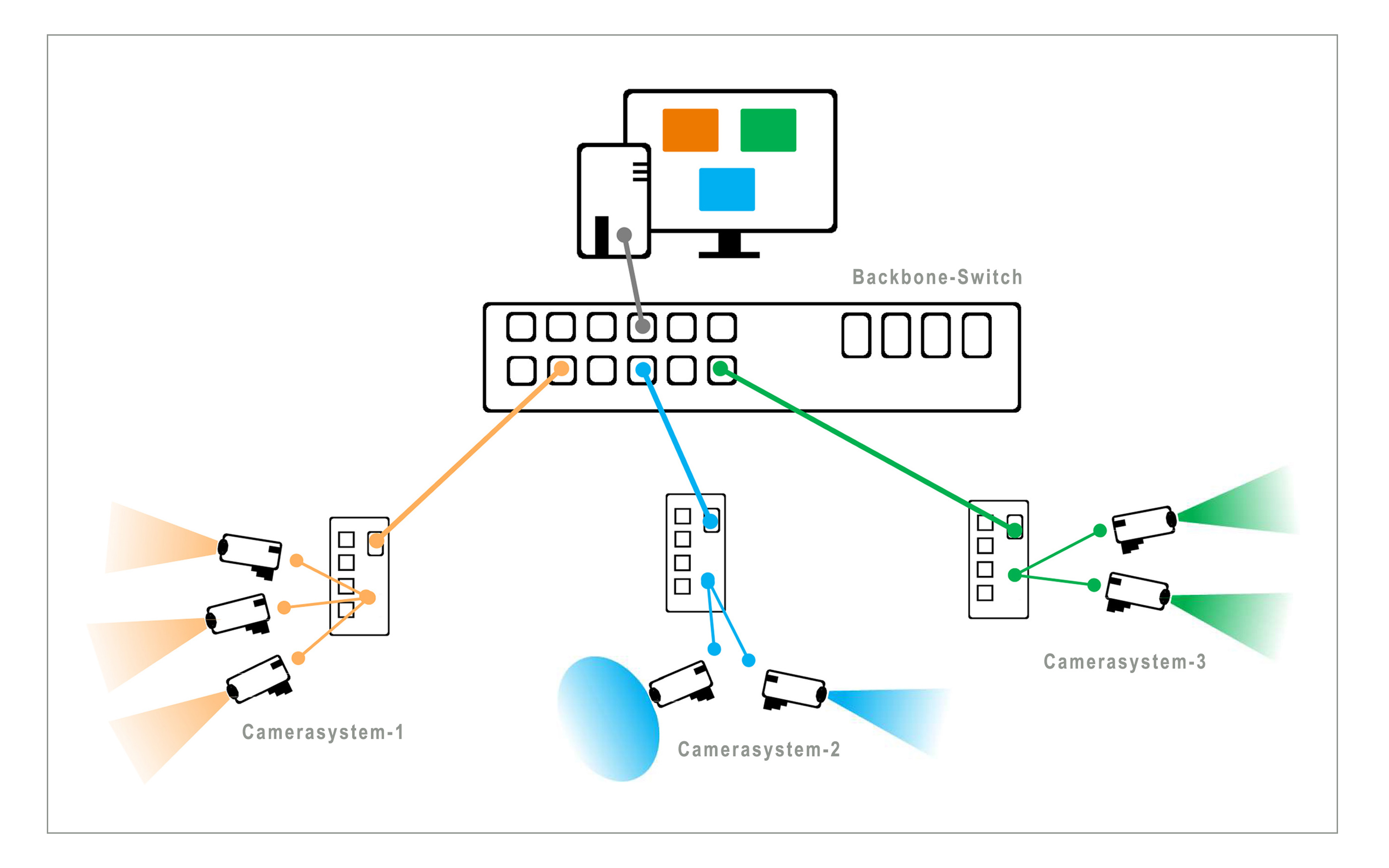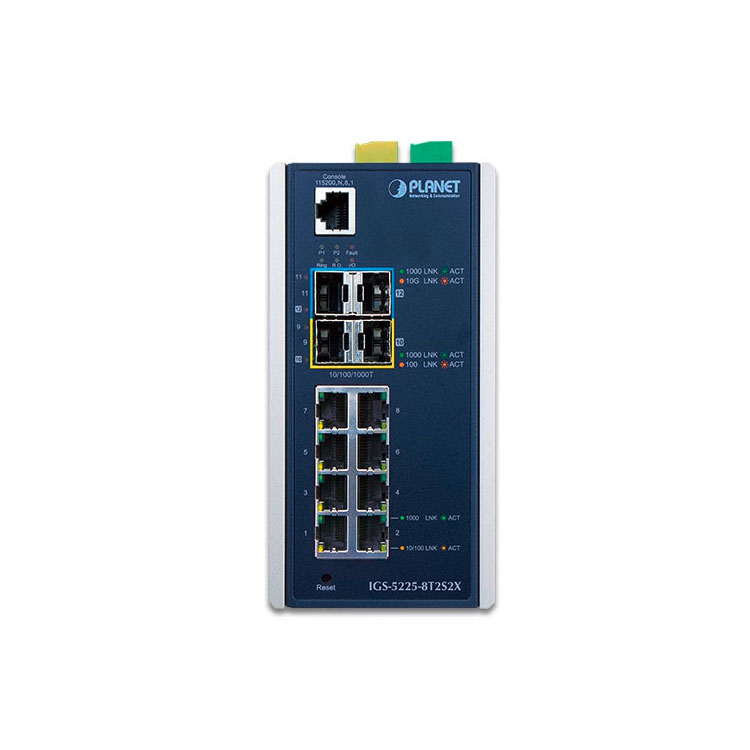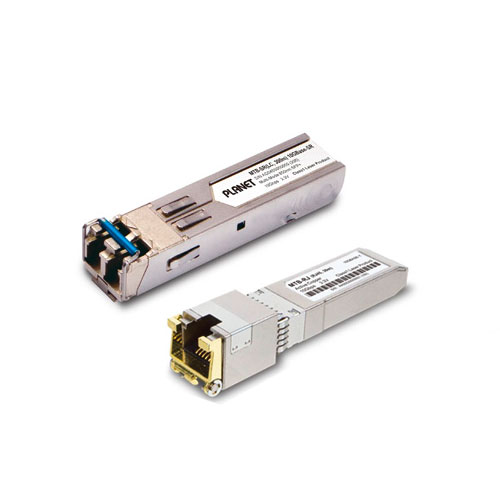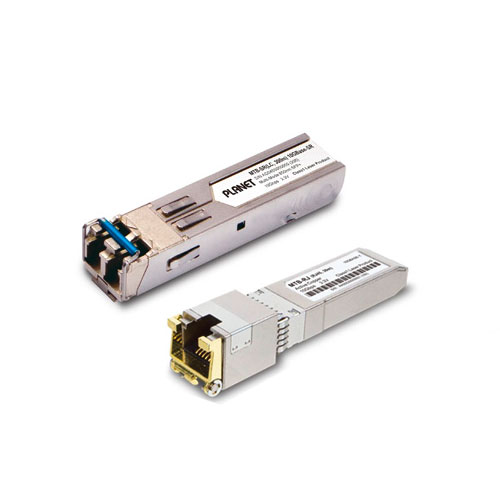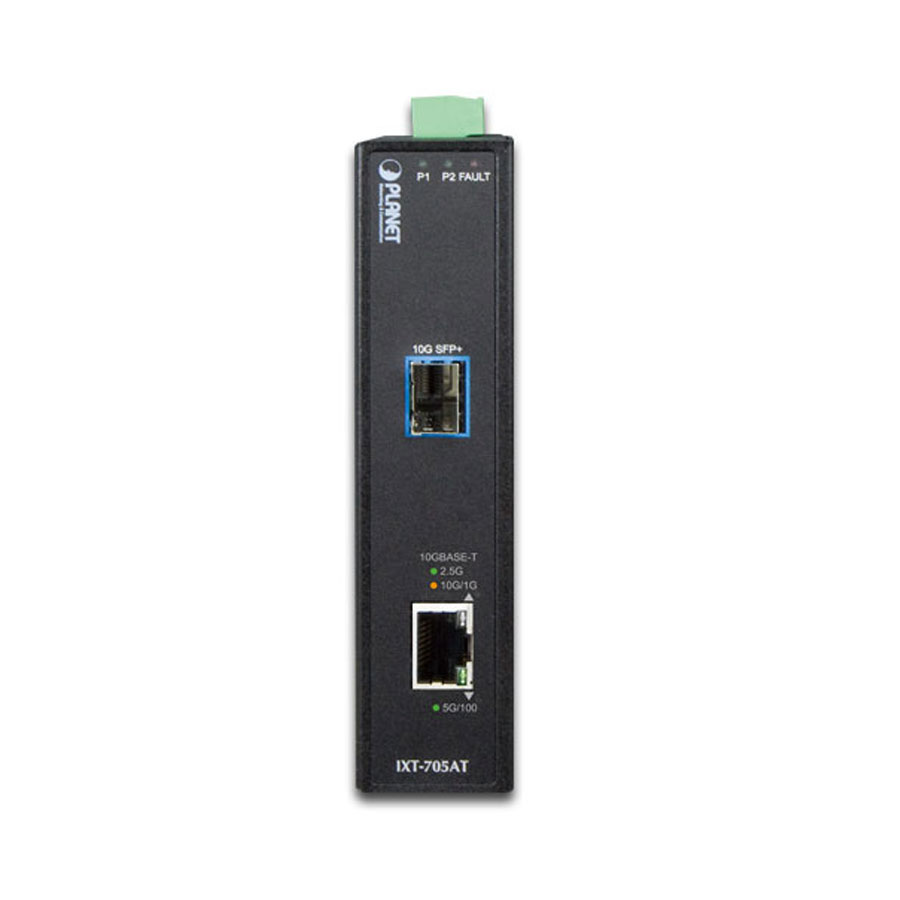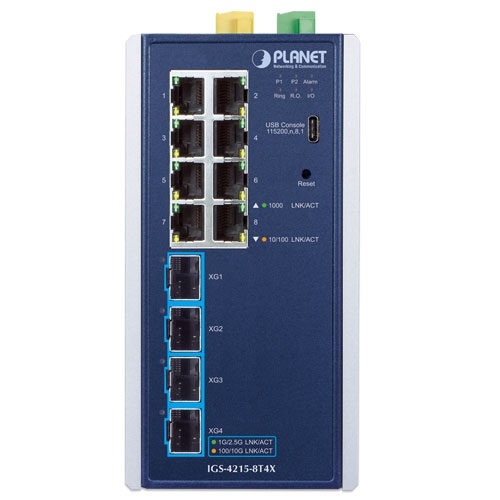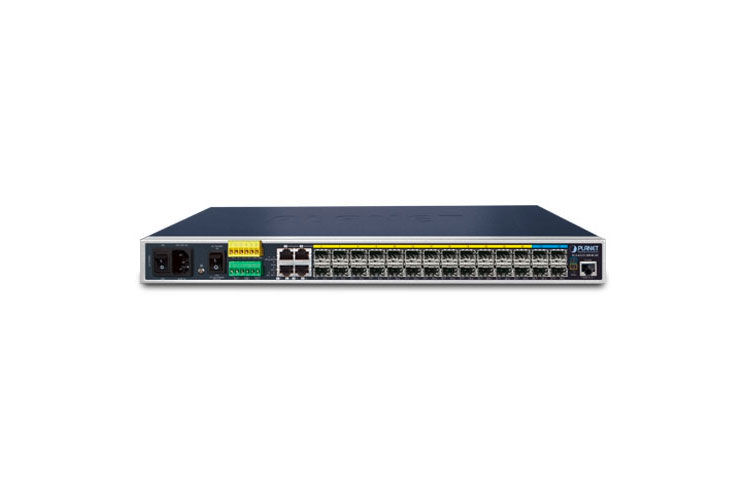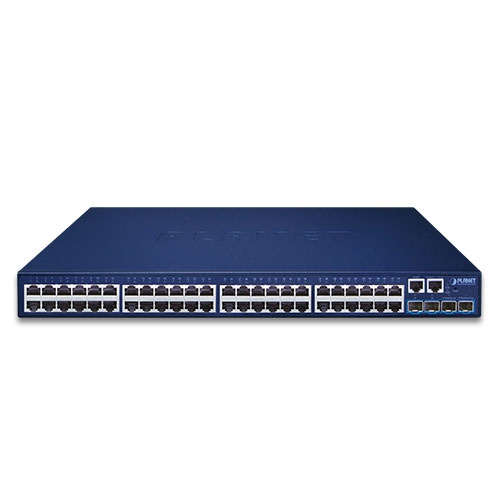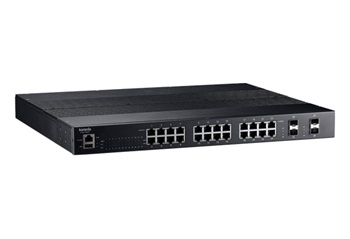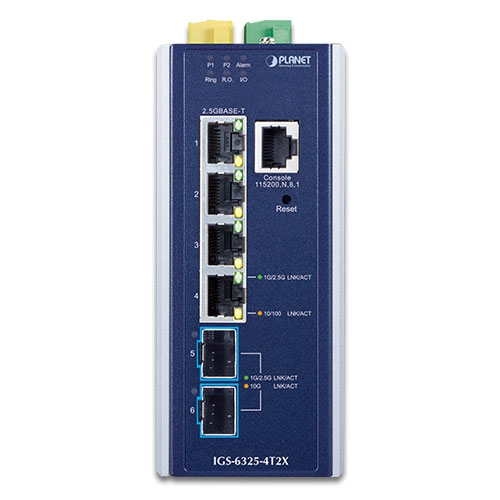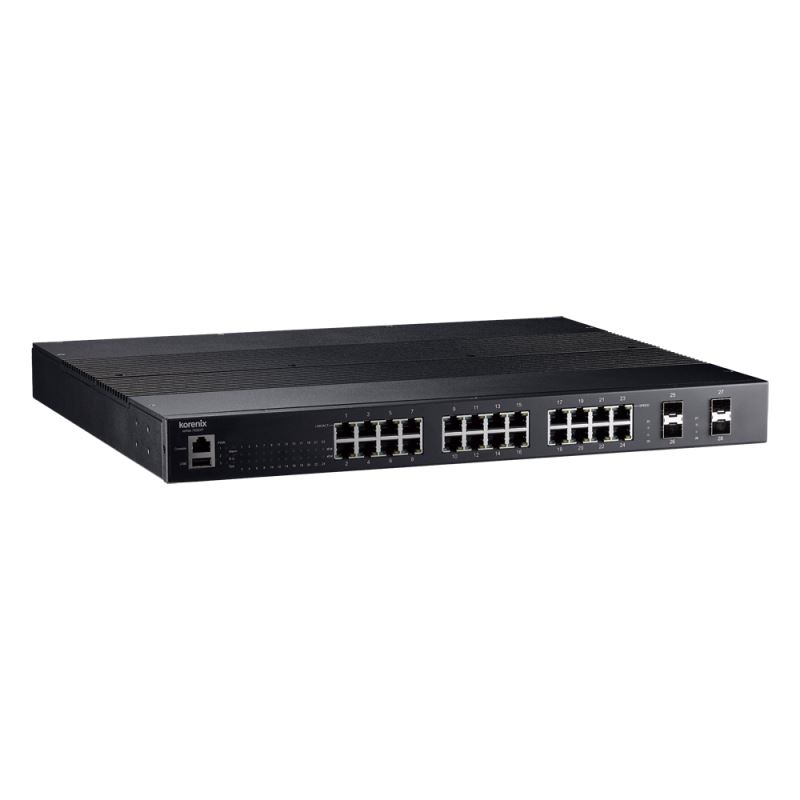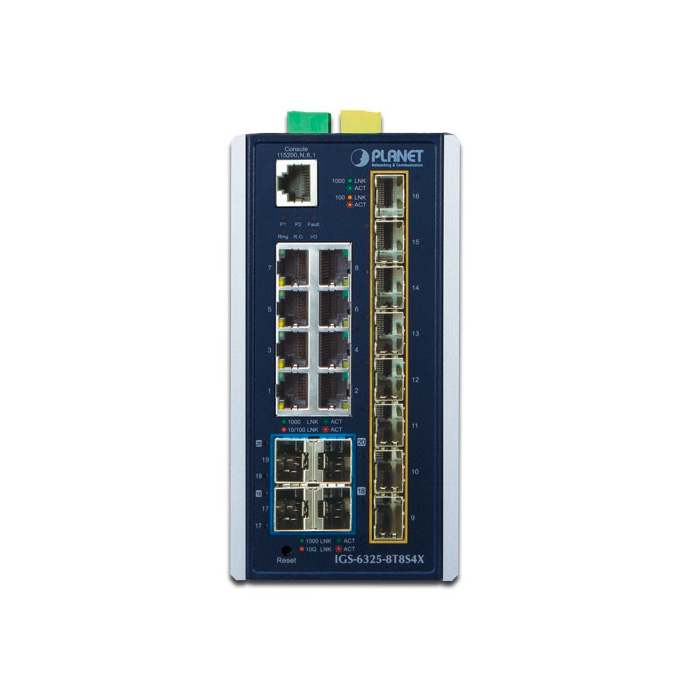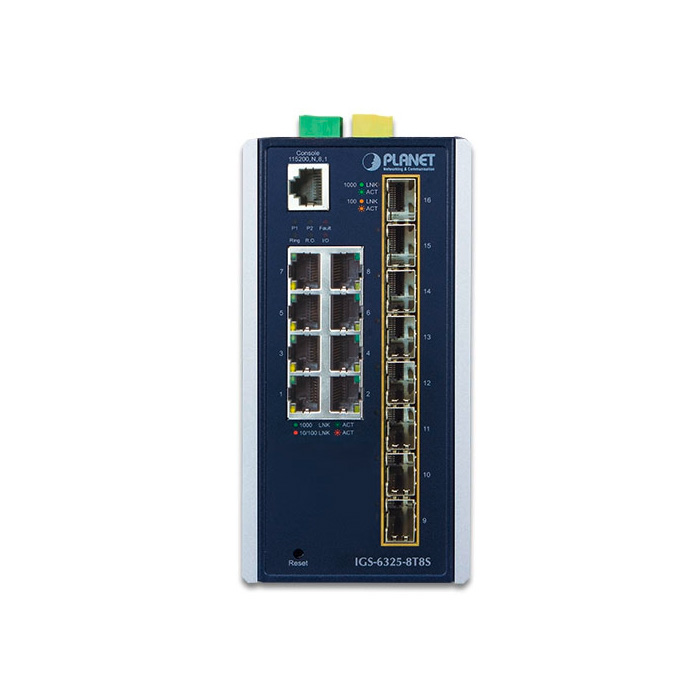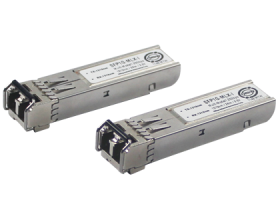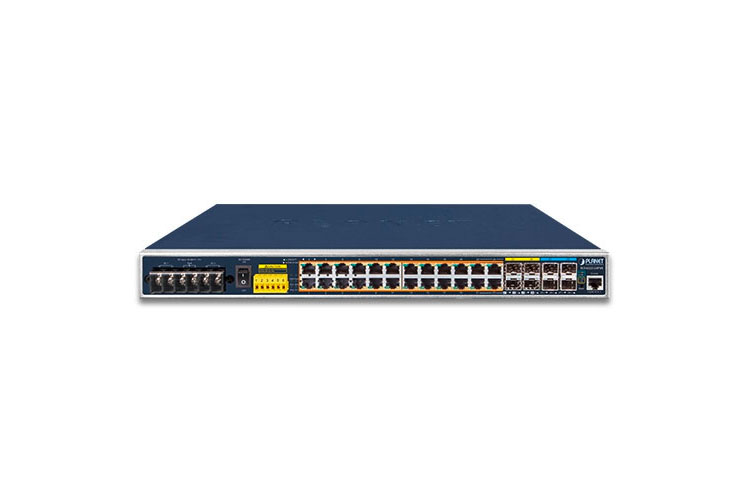Areas of application
Industrial image processing is frequently used in the monitoring of production processes. While in the quality assurance of serial products the output result is often only a simple "pass" or "fail", in other applications of machine vision complex algorithms and methods of artificial intelligence are used to identify and classify properties. But not only in monitoring, also directly in the production process itself, e.g. in robot-controlled "pick-and-place", imaging methods are increasingly replacing classic sensor solutions. Ethernet-based image processing also plays a major role in the area of security and access control, both indoors (supermarkets, warehouses, museums, railway stations) and outdoors (car parks, tunnels, company premises, public places).

